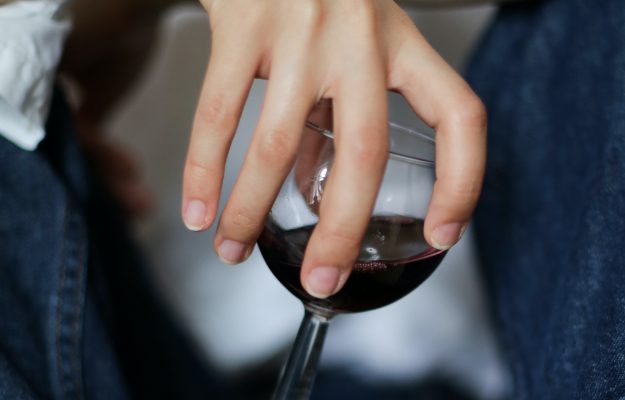After all, the pandemic and its consequences have wiped out -9.7% of wine consumption in volume, and -9.5% in value, and the recovery will be slow, with consumption returning to pre-Covid levels not before 2024 for still wines, and by 2023 for sparkling wines. With wine as a whole that, from today to 2024, will record an aggregate growth of +1.8% in volume and +2.4% in value. These, at least, are the forecasts of Iwsr - International Wine & Spirit Research (which recently acquired Wine Intelligence, ed.), on the near future of wine. Estimates, obviously, to be taken for what they are, given the framework of great uncertainty that still reigns all over the world, in terms of the management of the health emergency, the resumption of travel and events, the reopening of restaurants and bars and the economy in general. In any case, at least for the year that has just begun according to Iwsr there will be some dominant trends, which are nothing more than the consolidation of issues already well established in the wine market, and phenomena accelerated by the pandemic. Such as everything that is digital and e-ecommerce, which have attracted very important investments that suggest a further development in the medium-long term. “Thanks to its ability to allow consumers to compare, review and discover, e-commerce is particularly suited to the wine segment, fragmented by nature. If wine represents 14% of the total market of alcoholic beverages - underlines Iwrs - in the online its market share goes up to 40%”.
“Wine is exceptionally well positioned to take advantage of the burgeoning movement toward online shopping. Having loosened its laws on online purchasing and shipping of alcohol during the pandemic, the U.S. is set to lead the growth of wine e-commerce, as are Brazil, China, the U.K. and Australia”, says Daniel Mettyear, director of wine research at Iwsr. Another trend that will consolidate in an important way, according to the research, is the growth of formats other than the classic bottle. In particular, larger formats such as the bag-in-box, which is experiencing a real boom in markets such as the USA, UK and Japan, and is increasingly accepted by consumers, and smaller ones, such as the can, which is having success especially in the USA, UK and Australia that, underlines the report, are already strong markets in the ready-to-drink sector. Driving the growth of these alternative formats are mainly young consumers, attracted by convenience, versatility, sustainability, control of quantities consumed and a new marketing approach.
Another aspect to keep an eye on, almost paradoxically, is the growth of consumption occasions. While it is clear that everything outside the home has been almost wiped out, and will be limited for some time to come, it is equally true that, as the Iwsr points out, the shift in consumption within the home, the recovery of slower rhythms of life, the increased time spent by many in the kitchen, aperitifs, toasts and streaming tastings and so on, have changed the scenario considerably.
“This sense of rediscovery - underlines Iwsr - has opened wine to new occasions of consumption at home, a trend that seems destined to remain in the year to come. Sparkling wine, and Prosecco in particular, has been driving the diversification of wine consumption occasions. The category has steadily moved away from its one-dimensional image as a special celebratory beverage to align itself with more regular occasions, such as aperitif time. Moreover, with its being associated to a glamorous lifestyle, and its taste profile, the booming category of rosé works in different social situations. And more in general, lighter wines are attracting new consumers because of their accessibility and versatility”.
Another macrotrend that will influence (also) the wine market, is everything related to the theme of health and sustainability, already dominant before the pandemic, and more and more important and present. And that, probably, will give a further impulse to organic, biodynamic wines and, more in general, wines with low environmental impact. “With the pandemic highlighting the fragility and vulnerability of humans in the natural world, the focus on ingredients, authenticity, wellness and care for self, society and the planet is growing rapidly”, says Mettyear. “Now more than ever, alignment with environmental and social issues is a badge on the chest for brands”, the Iwsr further points out, “particularly in the consideration of younger people. Throughout the pandemic, non-alcoholic and low-alcohol products have performed strongly, and there is an untapped opportunity for wine in this regard. Non-alcoholic and low-alcohol wines currently represent a small fraction of global still and sparkling wine consumption. However, they are experiencing double-digit growth rates globally. Taste and acceptance currently keep the non- or low-alcohol wine category on the fringes of consumption, but many are increasingly investing in campaigns to increase consumer awareness”.
Copyright © 2000/2025
Contatti: info@winenews.it
Seguici anche su Twitter: @WineNewsIt
Seguici anche su Facebook: @winenewsit
Questo articolo è tratto dall'archivio di WineNews - Tutti i diritti riservati - Copyright © 2000/2025









































































































































































































